About Australian Beef
The Australian beef industry has a long legacy of producing safe, quality beef for customers around the world.
There are many reasons Australian beef stands out in the global marketplace, from the meticulous standards that have resulted in one of the world’s highest animal health statuses to Australia’s extensive traceability program.
With more than 70 potential cuts to use, the beef carcass is the most versatile of all protein sources. With a range of textures, tenderness, flavour profiles and eating quality characteristics, Australian beef is the superior choice. Our huge range includes high-quality grassfed, grainfed, organic and breed-specific beef products such as Wagyu and Angus.
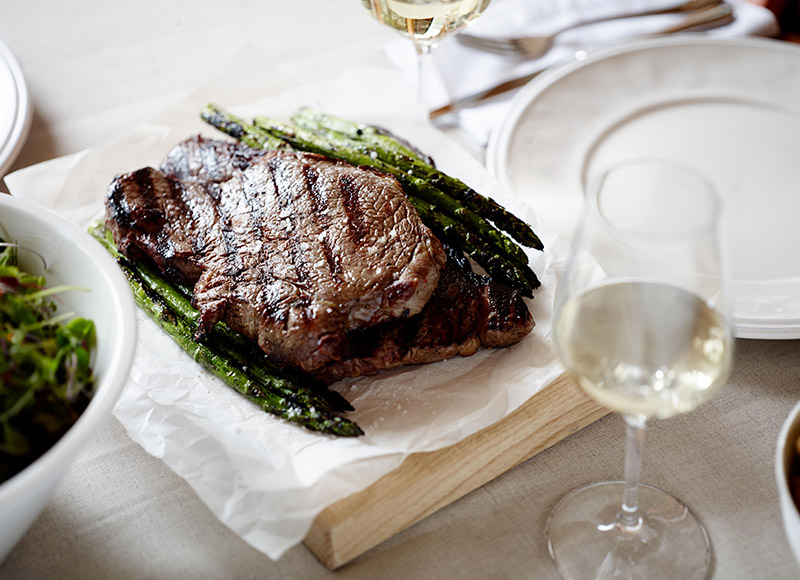
GRASSFED BEEF
Most Australian cattle are raised exclusively on pasture. Grassfed beef tends to vary in flavour, texture and tenderness due to Australia's considerable differences in cattle breeds, pasture quality and type, soil conditions, topography and climate.
Generally, grassfed beef is said to have a robust, earthy flavour and excellent texture. The fat colour of grassfed beef varies, but tends to be more yellow or creamy in appearance when compared to grainfed beef. This is due to the intake of carotene, a pigment found in plants. Some breeds are also generically more susceptible to yellow fat. Depending on a number of factors, including breed and feed quality, marbling in grassfed beef also varies.
As demand for natural, wholesome food increases globally, Australian grassfed beef is seen as an important component of a healthy diet. Raised exclusively on pasture, Australian grassfed beef is naturally low in fat and cholesterol, while offering a higher level of Omega 3 fatty acids. These are thought to lower blood pressure and reduce the risks of certain types of cancers. For these reasons, consumers are increasingly seeking out lean grassfed meat.
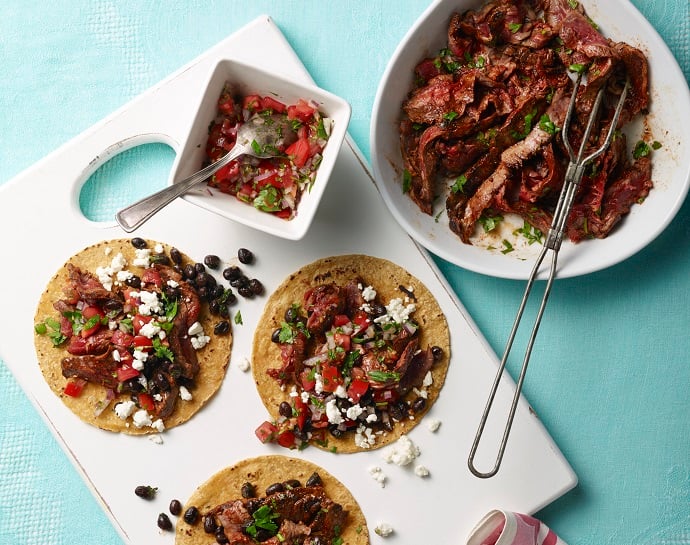
GRAINFED BEEF
Grainfed beef is derived from cattle that have been fed nutritionally balanced, high energy finished rations for a minimum specified number of days. This feeding regime results in a more consistent product and enhanced marbling that contributes to improved tenderness, juiciness and flavour. Grainfed beef from Australia generally yields more consistent fat and meat colour. Typical feeding regimes in Australia are: short fed (100 to 150 days), medium fed (150 to 200 days) and long fed (200+ days). Australian grainfed beef is regarded in many export markets as some of the best grainfed beef in the world.
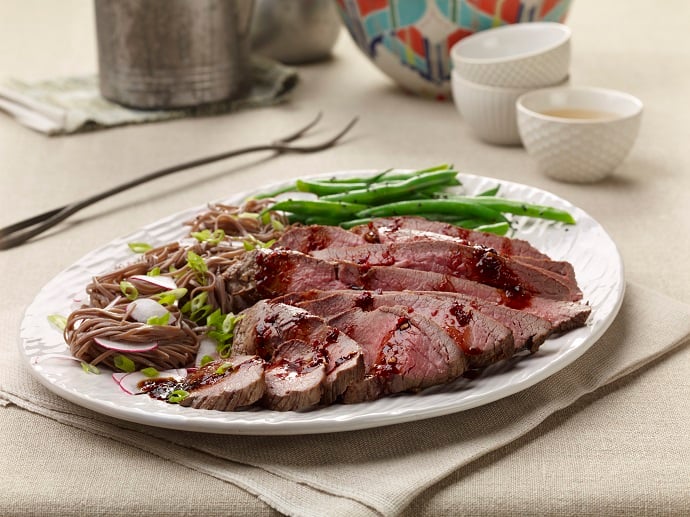
COOKING AUSTRALIAN BEEF
Not all beef is the same. And it doesn't cook the same either! Grassfed beef is naturally leaner, and as a result, cooks about 30% faster with most techniques. If you're used to cooking conventional beef, use a meat thermometer to check for doneness of your Aussie grass-fed beef and expect quicker results.
Choose a cut that best matches your recipe and cooking technique and away you go! Bring your meat up to room temperature before cooking and try to prevent it from drying out. To keep steaks, chops and roasts nice and juicy, allow them to rest for about 5-10 minutes before cutting.
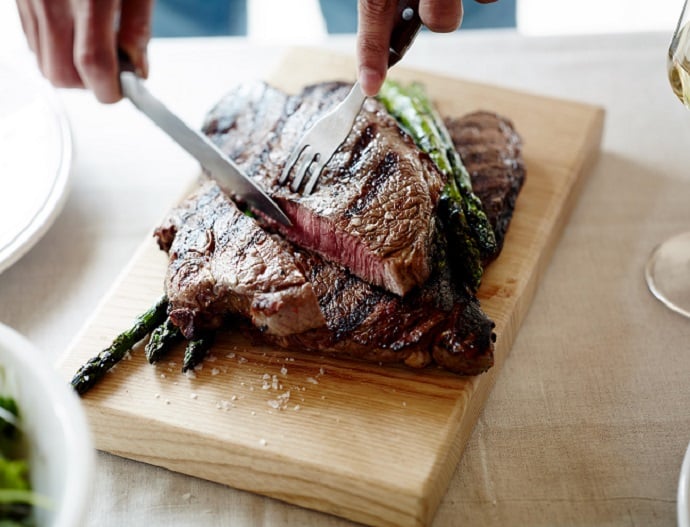
MARBLING
Marbling is the last fat to be deposited in the body, making it the first fat to be used by the animal to store energy. So to maximise marbling in red meat, cattle must be on a highly nutritious, high energy diet—whether grass or grain. Different types of farming methods produce different results.
Marbling can also be affected by genetics. Some breeds such as Wagyu are renowned for their extensive marbling characteristics. Marbling does have a positive effect on eating quality, contributing to the juiciness and flavour of meat. A marble score is a component of the AUS-MEAT beef quality grading system. It refers to the visible fat found between muscle fibre bundles and is assessed within the ribeye muscle.
Marbling score is assessed visually by an AUS-MEAT qualified grader during carcass grading using the scoring range from 0 to 9. In addition to the quantity, the distribution and texture of visible fat flecks within the ribeye are considered during marbling score assessment.
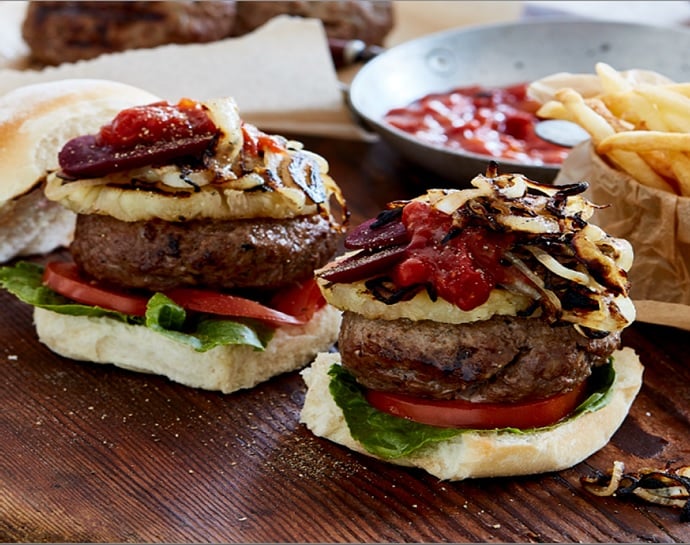
WAGYU
Wagyu cattle take beef to another level. Wagyu beef is known worldwide for its melt-in-your-mouth texture, depth of flavour and tenderness.
Wagyu refers to a breed of cattle that originated in Japan, which are genetically predisposed to intense marbling. The breed is unsurpassed for its marbling and ability to improve meat quality in cross-breeding programs. The most famous Wagyu comes from the Kobe region. Wagyu delivers increased flavour due to its softer fat composition, higher proportion of healthier unsaturated fats, the finer meat texture and the higher ribeye yield. Not only is the marbling intense, but so is the eating experience.
Wagyu production in Australia can be divided into two broad sections: the production of straight-bred Wagyu for either seedstock or feeder and slaughter cattle, or the use of Wagyu in cross-breeding programs to produce feeder and slaughter cattle.
Wagyu’s high market value will attract the most discerning customers to your business.
Australian Beef Cuts and Nutrition Chart
Click through the chart below to learn more about each cut.
Try these Aussie Beef Recipes
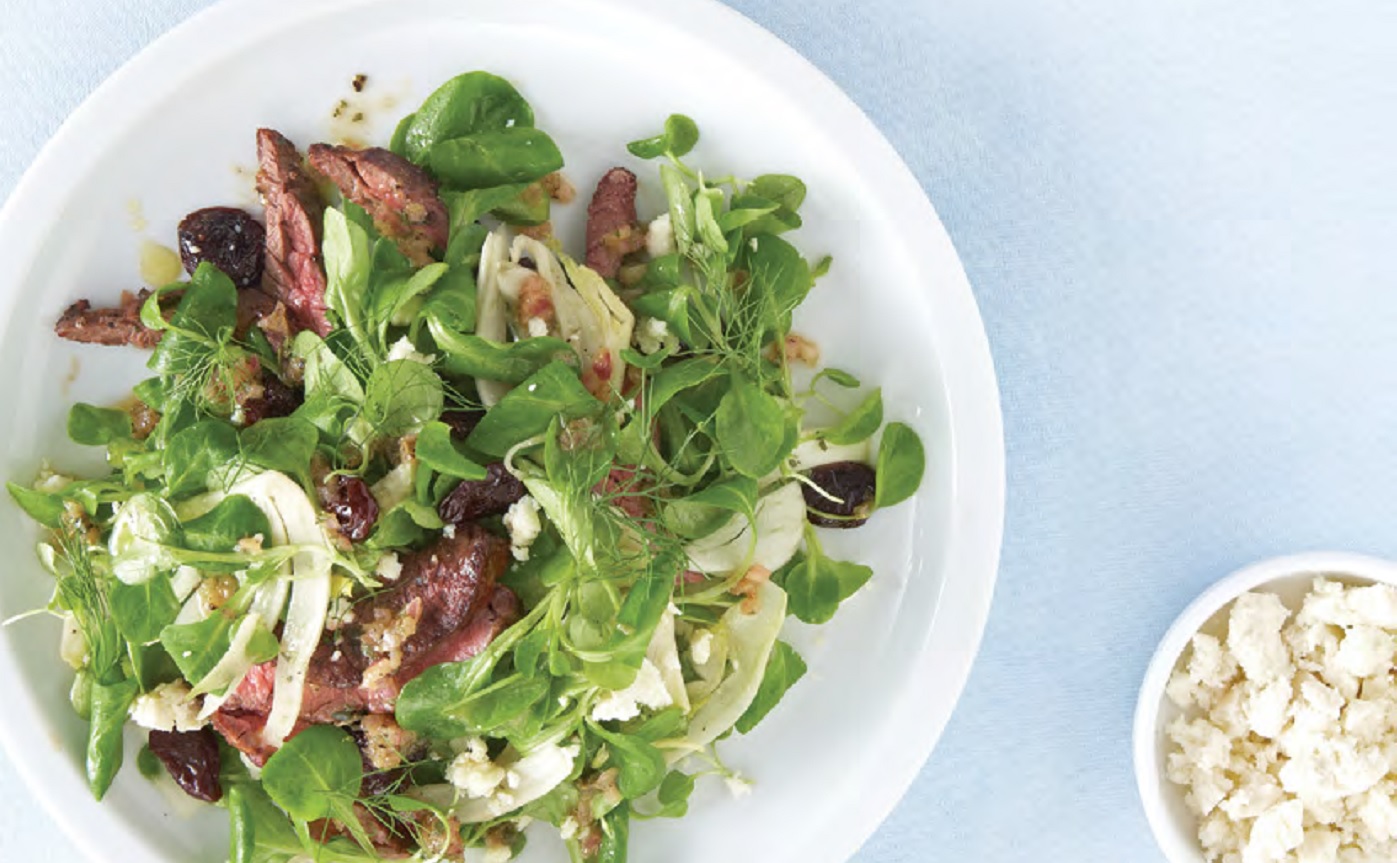
PRODUCT GUIDE
Whether you're firing up the grill with a skirt steak marinated with exotic spices or going straight up with a skillet and a sirloin, you'll be happy you brought healthy, flavorful, and sustainable Australian grassfed beef to the party.
DOWNLOAD HERE
